The Fundación Canaria Auditorio and Teatro de Las Palmas de Gran Canaria is the result of the initiative of the City Council of Las Palmas de Gran Canaria and the Cabildo de Gran Canaria, which after years of study decided to merge the Fundación Auditorio de Las Palmas de Gran Canaria and the Pérez Galdós Theater Foundation, in one, to jointly manage the Alfredo Kraus Auditorium and the Pérez Galdós Theater.
The Auditorio Alfredo Kraus (Alfredo Kraus Auditorium) is an auditorium in Spain located in Las Palmas de Gran Canaria and is one of the most unique buildings in the capital of Gran Canaria. Created by Óscar Tusquets, it was built between 1993 and 1997 with the idea of erecting a lighthouse to protect Las Canteras beach.
It was opened on 5 December 1997. The Auditorium bears the name of Alfredo Kraus in homage and gratitude to the work of the tenor from Gran Canaria. In its main hall, behind the orchestra, there is an enormous window of around 100 m2 that allows a view of the Atlantic Ocean while attending a concert.
The Alfredo Kraus Auditorium hosts the annual Las Palmas de Gran Canaria International Film Festival and the Canary Islands Music Festival, among other festivals, as well as promoting competitions, exhibitions, congresses and conventions. It is the headquarter of the Philharmonic Orchestra of Gran Canaria.
The Symphony Hall has a capacity to accommodate 1,656 people. Measuring 1,650 m2 , its hexagonal shape was designed for extraordinary acoustics.
In the Hall, apart from the enormous window that opens between the stalls and the sea, there is a spectacular organ which, with its 2,750 pipes, is one of the largest in the Canary Islands and the only secular organ on the island of Gran Canaria.
The organ was inaugurated on 21 October 1999 with a concert in the presence of Princess Irene of Greece. The recital, given by organist Wolfgang Seifen, was in aid of the Fundación Mundo en Armonía.
In November 2002 the Auditorium was extended with two new halls: San Borondón and Alegranza. Eight years later, on 3 November 2010, the range of venues was completed with the inauguration of a multi-purpose hall, also designed by Óscar Tusquets, which incorporates a mechanism for collecting the seats and thus accommodating all kinds of events.
At the Pérez Galdós Theater, past and present come together to offer a space that has been since its inception and continues to be a reference for the cultural life of Las Palmas de Gran Canaria today.
On December 6, 1890, it opened its doors as the Tirso de Molina Theater. Since then, and despite all kinds of vicissitudes - a name change, a fire and its reconstruction, a remodeling and expansion - the most important national and international artists and groups have walked on its boards.
The Pérez Galdós Theater, which currently hosts music, theater and dance shows, as well as the Opera season, has been the venue for the Gran Canaria Philharmonic Orchestra, the Canary Islands Music Festival, as well as the stage where It developed most of the cultural activity of the capital of Gran Canaria until the launch of the new facilities.


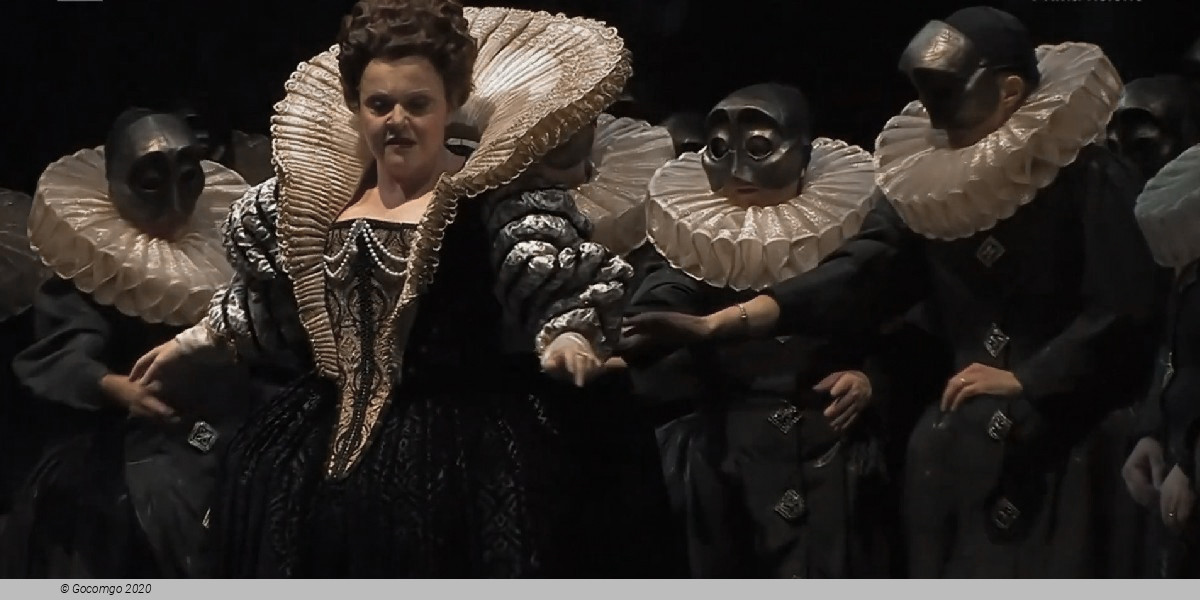
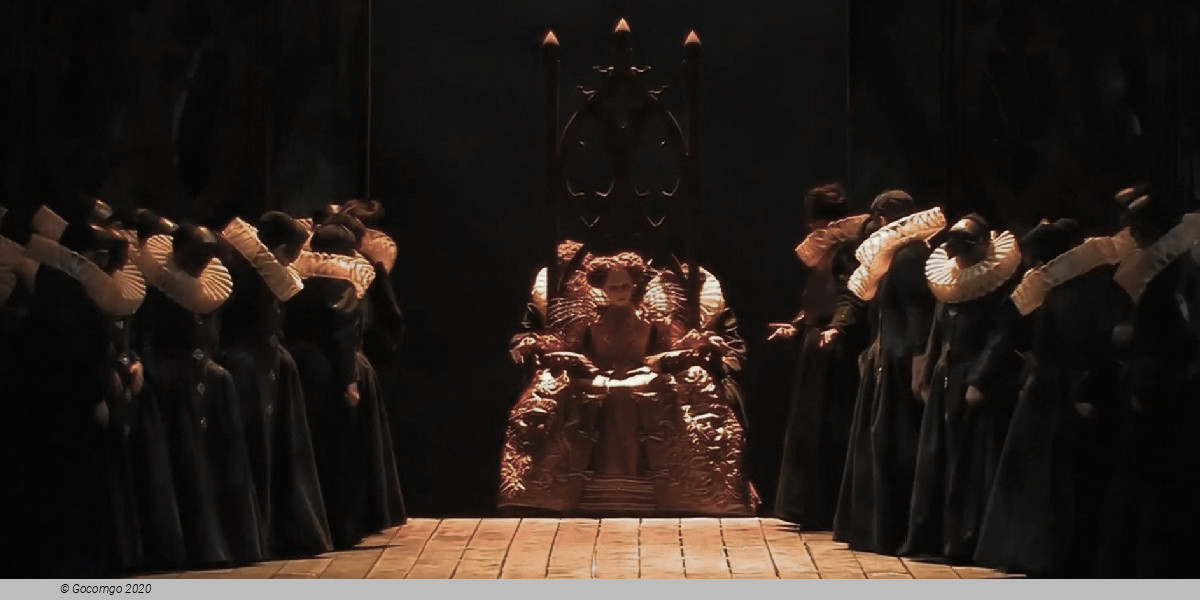
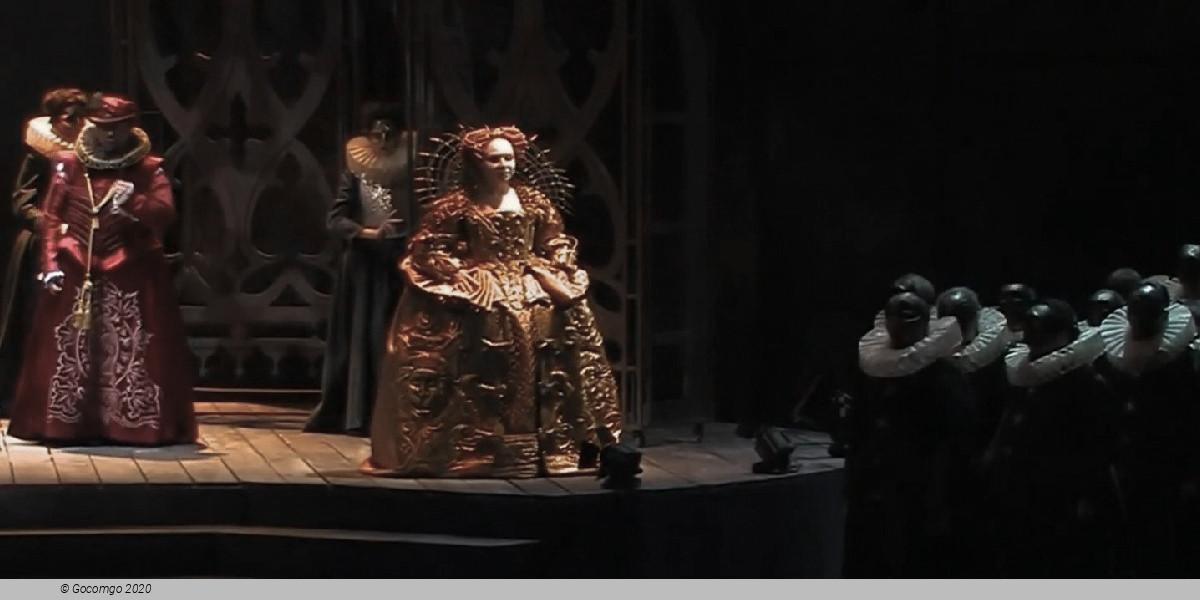
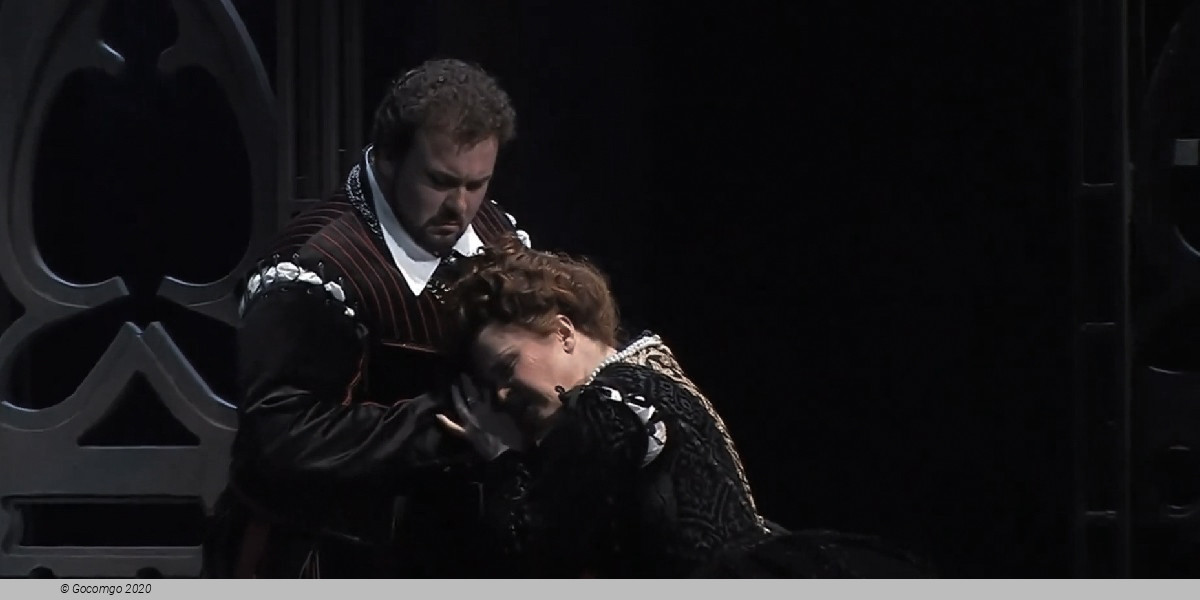

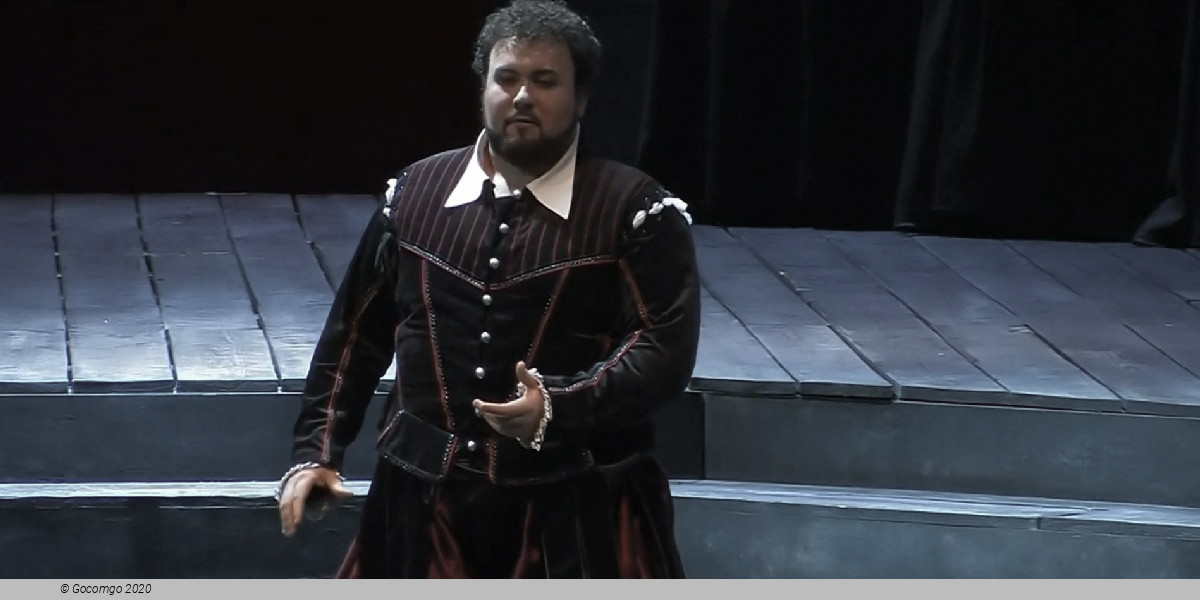
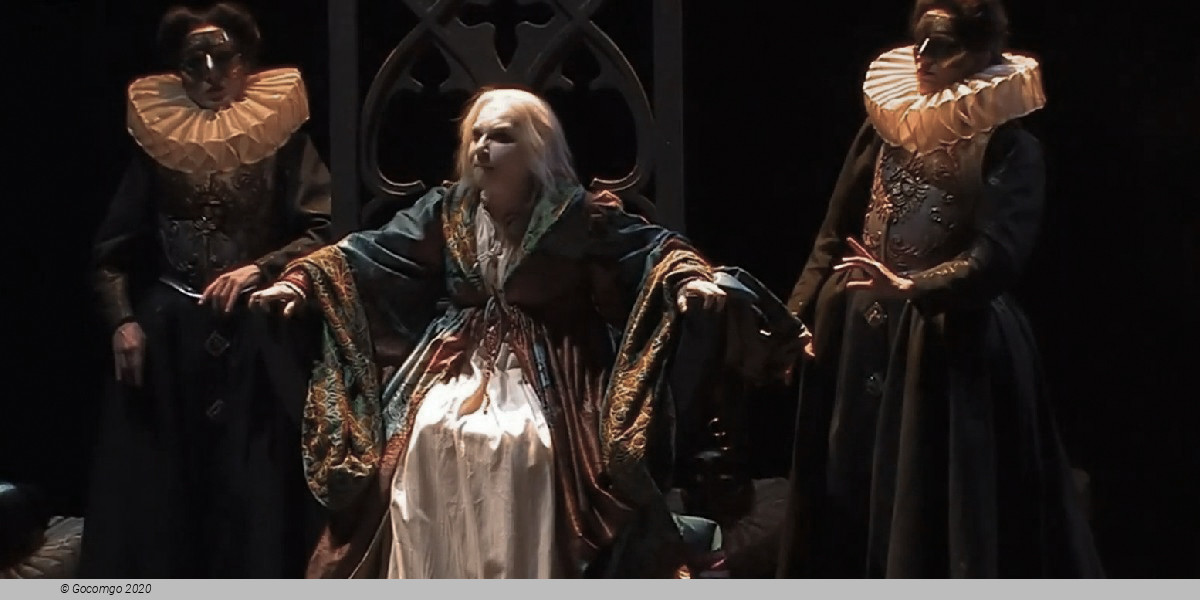
 Plaza de Stagno
Plaza de Stagno